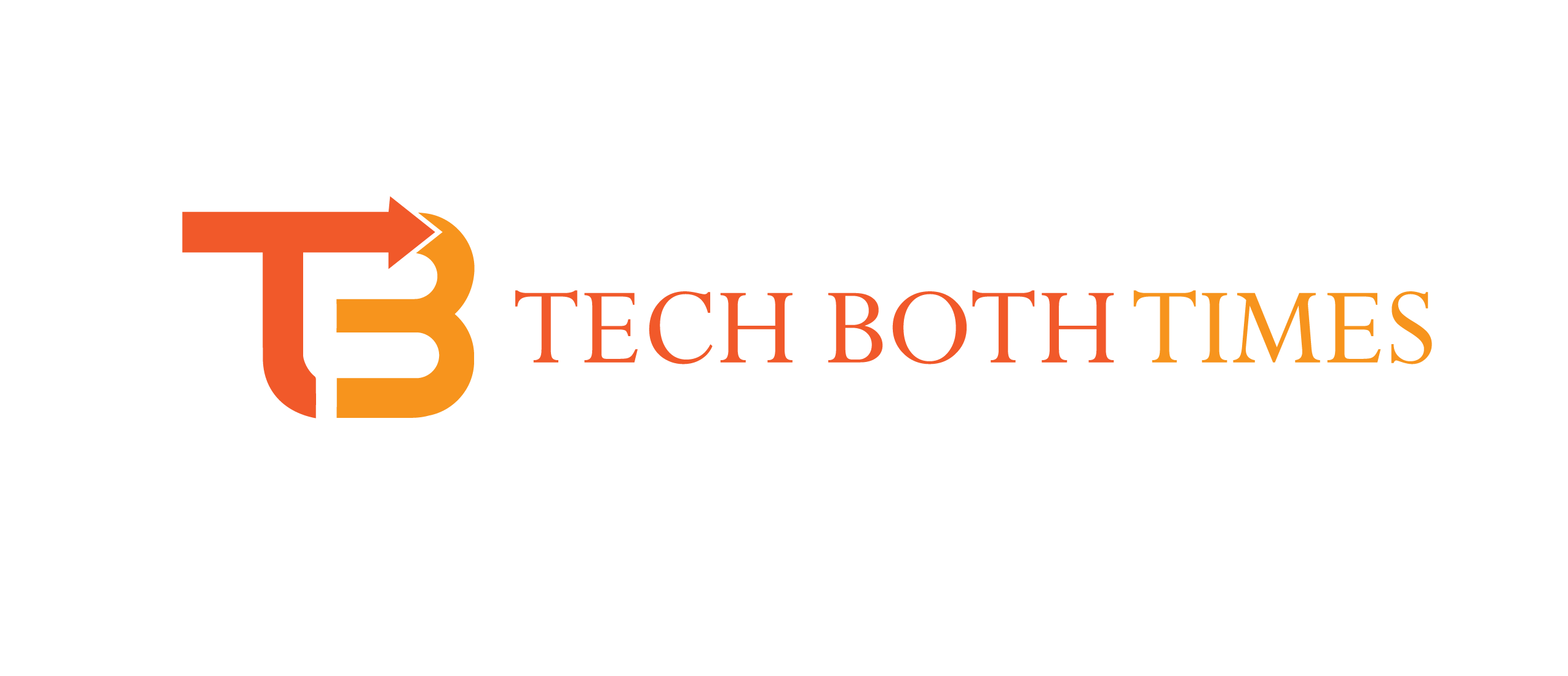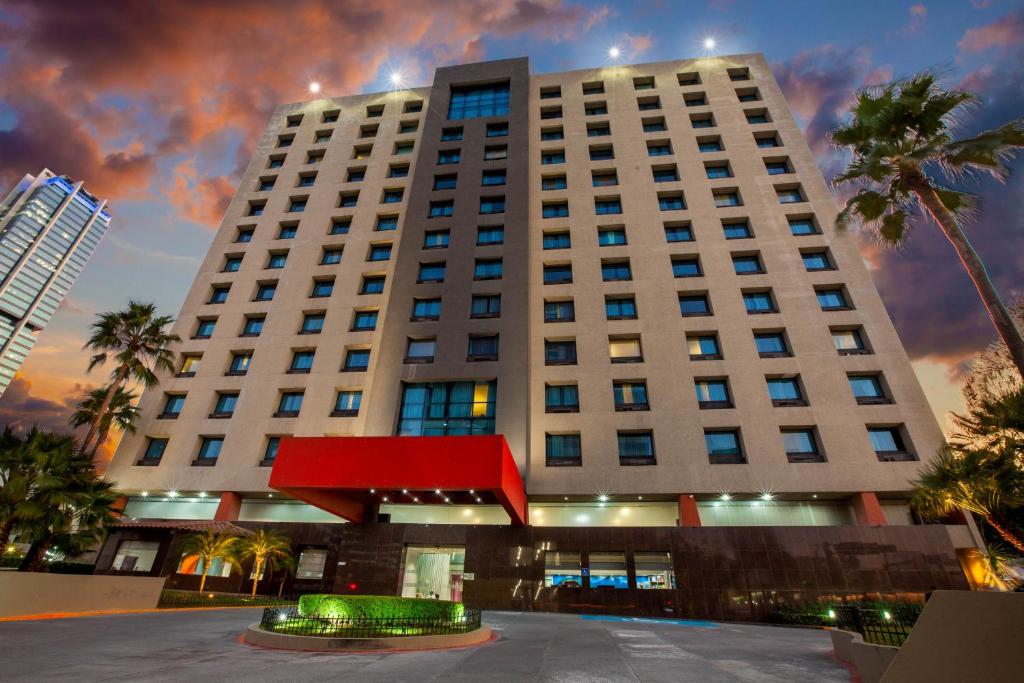Introduction: A Global Crisis Meets a Resilient Industry
The COVID-19 pandemic brought unprecedented challenges to every industry, and real estate was no exception. From shifting consumer behavior and economic uncertainty to new health and safety protocols, companies were forced to pivot rapidly. One of the notable examples of such adaptation was Brookfield Residential, a leading North American land developer and homebuilder. The “Brookfield Residential coronavirus” response became a model of resilience, innovation, and strategic flexibility. As the world reeled from lockdowns and health concerns, Brookfield Residential rose by prioritizing safety, embracing technology, and remaining committed to its core values of community building and customer service.
Health and Safety First: A Swift Operational Overhaul
When the pandemic struck in early 2020, Brookfield Residential immediately recognized the importance of safeguarding the health and well-being of its employees, contractors, and customers. The company swiftly implemented comprehensive safety protocols per CDC guidelines and local regulations. Construction sites were restructured to ensure physical distancing, installed sanitation stations, and introduced mandatory health screenings.
Once bustling with in-person visits, sales offices and model homes adapted by incorporating appointment-only systems and stringent cleaning regimens. Employees who could work remotely were encouraged to do so, while others were provided with personal protective equipment (PPE) and training to minimize risk. The “Brookfield Residential coronavirus” health response set a standard in the real estate sector, balancing continued operations with public health priorities.
Digital Transformation: Embracing Technology to Stay Connected
The pandemic accelerated digital adoption across all sectors, and Brookfield Residential seized the opportunity to modernize its customer engagement model. Traditional home-buying, which relied heavily on physical visits and face-to-face interactions, transitioned to virtual platforms. Brookfield Residential expanded its digital capabilities to offer virtual tours, interactive floorplans, video consultations, and online transactions.
Prospective buyers could explore properties from the safety and comfort of their homes. This move kept sales pipelines active during lockdowns and set the stage for long-term industry transformation. The company’s investment in technology ensured business continuity and highlighted the potential of digital tools in delivering a seamless customer experience. The “Brookfield Residential coronavirus” digital strategy proved vital in maintaining trust and transparency amid uncertainty.
Customer-Centric Approach: Empathy and Flexibility
Understanding the financial and emotional stress faced by many families during the pandemic, Brookfield Residential adopted a customer-centric approach. Flexible financing options, extended closing timelines, and customized payment plans were introduced to accommodate buyers dealing with job losses, income reductions, or shifting priorities.
The company also emphasized clear and compassionate communication. Dedicated customer service teams worked tirelessly to provide updates, answer questions, and reassure clients navigating the uncertainties of the housing market. By showing empathy and offering practical solutions, Brookfield Residential reinforced its reputation as a trusted partner in homeownership.
Community Engagement and Support: Giving Back During Crisis
Brookfield Residential’s commitment to community development took on new meaning during the pandemic. Recognizing the broader impact of COVID-19, the company initiated several outreach efforts to support frontline workers, healthcare institutions, and vulnerable populations. Donations of PPE, financial contributions to local charities, and partnerships with non-profit organizations exemplified the company’s dedication to social responsibility.
Brookfield organized initiatives in many of its residential communities to foster connection and uplift spirits—ranging from socially distanced neighborhood events to virtual wellness programs. These efforts strengthened community bonds and reinforced the company’s role as a socially conscious developer. The “Brookfield Residential coronavirus” community response underscored a broader corporate citizenship philosophy in times of need.
Workforce Resilience: Supporting Employees Through Uncertainty
Behind Brookfield Residential’s pandemic response was a dedicated workforce adapting to new challenges. The company prioritized mental health and well-being by offering resources such as virtual counseling, flexible work arrangements, and wellness webinars. Regular internal communication ensured that employees remained informed, engaged, and connected despite physical separation.
Training and upskilling programs were introduced to prepare teams for evolving job roles, particularly in digital sales and remote collaboration. The proactive approach to workforce support reflected Brookfield’s belief that its people are its most valuable asset. As part of the “Brookfield Residential coronavirus” strategy, investing in employee welfare ensured that the company emerged from the crisis more cohesive and capable.
Supply Chain and Construction Adaptations: Navigating Disruptions
Like many in the construction industry, Brookfield Residential faced disruptions in its supply chain due to factory shutdowns, material shortages, and transport delays. However, the company responded with agility, diversifying suppliers, re-sequencing construction schedules, and adopting modular and offsite building techniques where feasible.
Communication with subcontractors and vendors was intensified to ensure alignment and minimize delays. These measures allowed Brookfield to maintain steady project progress while upholding quality standards. The ability to navigate logistical complexities was a testament to the company’s strategic foresight and operational strength during the “Brookfield Residential coronavirus” crisis.
Market Insights and Future Preparedness
The pandemic also prompted a reevaluation of housing trends and buyer preferences. Brookfield Residential conducted market research to understand emerging demands better, such as the desire for home offices, outdoor spaces, and multi-generational living options. This feedback informed the design and planning of future communities, ensuring that the company remained responsive to a changing landscape.
Looking ahead, Brookfield has integrated pandemic learnings into its long-term planning. Contingency strategies, digital infrastructure, and health-conscious design principles are now embedded into its operational blueprint. The “Brookfield Residential coronavirus” experience tested the company’s resilience and accelerated innovation, which will shape its future trajectory.
Conclusion: A Legacy of Leadership and Innovation
The COVID-19 pandemic tested the resilience of businesses worldwide, but Brookfield Residential stood out as a leader in navigating adversity. The company demonstrated its ability to adapt and thrive under pressure through its proactive safety measures, digital transformation, customer empathy, and community outreach.
The “Brookfield Residential coronavirus” response is a case study in effective crisis management and forward-thinking strategy. By placing people first and embracing change, Brookfield weathered the storm and laid the foundation for a more agile, connected, and resilient future in real estate development. As the world continues to recover and rebuild, Brookfield’s example remains a beacon for the industry and a testament to the power of adaptability in the face of global disruption.
Also, Read The Following: scoopupdates .com.

